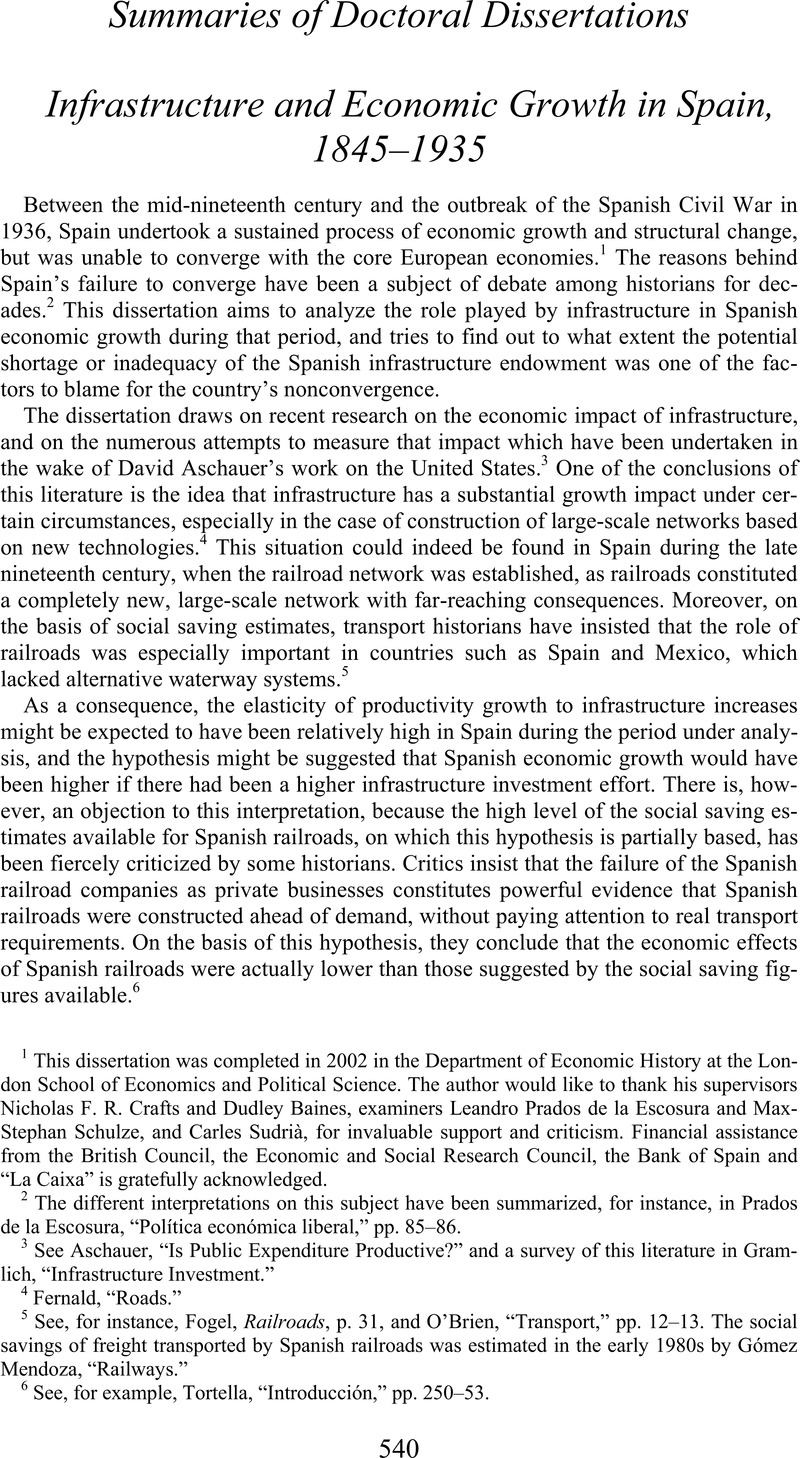Crossref Citations
This article has been cited by the following publications. This list is generated based on data provided by Crossref.
Greif, Avner
2007.
The Impact of Administrative Power on Political and Economic Developments: Toward Political Economy of Implementation.
SSRN Electronic Journal,



